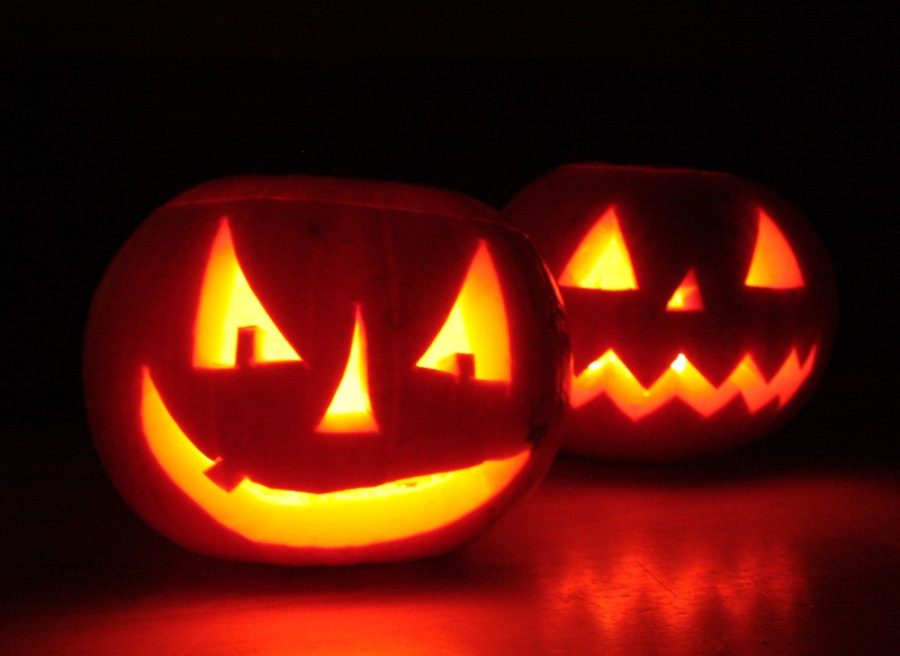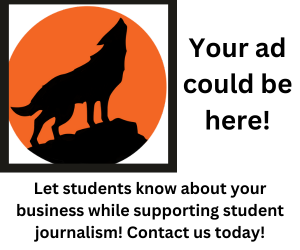The History of Halloween
October 28, 2021
Halloween is a beloved holiday for many, but how and when did it start? Halloween is known for children dressing up in costumes and going door-to-door getting candy. The scary movies and faceless costumes are an allure to many, for a great reason.
The word Halloween is derived from the words “hallowed evening,” from All Hallows Eve. Every year we celebrate it on October 31st, which falls on a Sunday this year. The early historic Celtic festival of Samhain is one of the first known direct connections to our modern day Halloween. During Samhain, the people celebrating the holiday would “light bonfires and wear costumes to ward off ghosts.” This is how the tradition of dressing up as your favorite monster, character, or thing came to be. As time went on, the costumes graduated from ghosts to modern ideas, often anything you can think of.
Going door to door and receiving candy handed out to young trick-or-treaters became a common tradition in the late 1930s, but really got going in the early 1950s. This began when “families would provide treats to children in hopes that they would be immune to any holiday pranks.” This was a result of kids using Halloween night as a time to play pranks on anyone possible. The cover of both darkness and the anonymity of costumes gave them the perfect opportunity to do these solly activities and get away with them.
Carving pumpkins is a messy and fun Halloween centered activity, but did you know that people originally would carve gourds and turnips? Irish folklore had a story where a man had outsmarted the devil multiple times, and once he died, he wasn’t allowed into either Heaven or Hell. Though he was turned away from Hell, the Devil gave the man, named Jack, a glowing coal ember which he wandered with. This is where the term “jack-o’-lantern” stemmed from, as well as putting a light inside of a carved pumpkin, as the light represents the glowing coal ember. The act of carving fun and scary designs into pumpkins first started during this festival, but it was done to ward off evil spirits. “The Irish would set the carved pumpkins or turnips by their doors and windows in hopes that they would protect them.” Turnips and gourds were used until the Irish immigrants who moved to America found that pumpkins made a much better carvings.
The Celts believed that on this night, the barrier between the spirit world and the physical world would thin, and ghosts from the past could return to the living world. People would try to contact loved ones who had passed and also made extra protection against any more evil, unwanted spirits who may come by. These spirits were thought to cause trouble and could be quite mischievous, but their presence made the Celtic people think “that the presence of the otherworldly spirits made it easier for the Druids, or Celtic priests, to make predictions about the future.” As one might be able to connect this tradition with modern times, this is where the idea of Halloween being haunted and a day of scary, intense movies and spiritual games came from.
Halloween is a holiday with many customs and traditions that date back to the eighth century that has modernized into a large celebration and a time to have fun. Thank the early Celtic people for beginning the festival of Samhain, which later became known as Halloween. Enjoy this Halloween weekend, and stay safe!




Citlaly Gonzalez • Oct 28, 2021 at 1:46 pm
so informational and interesting!